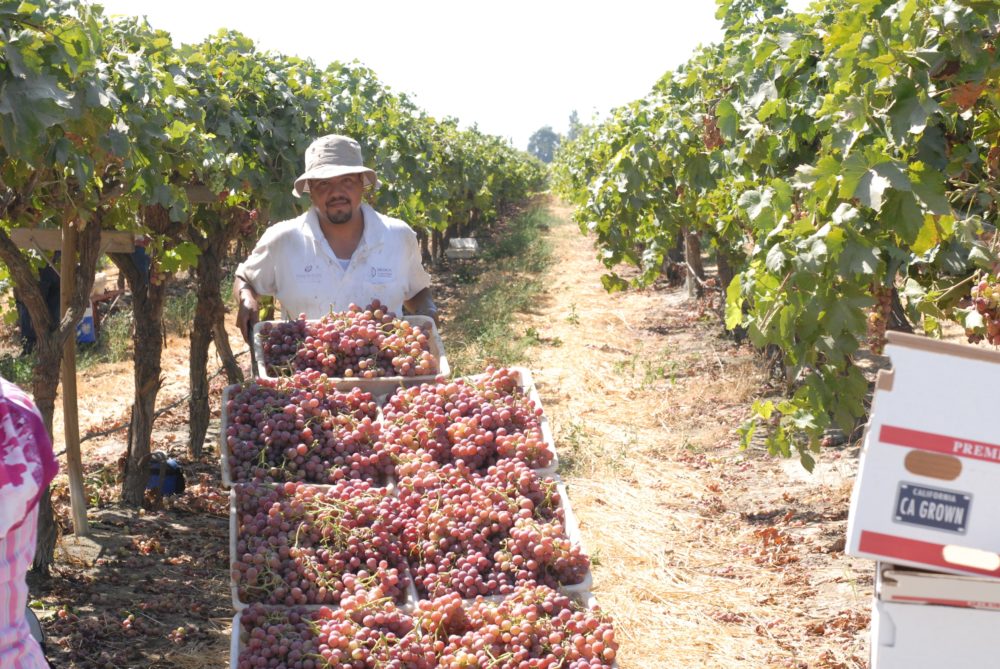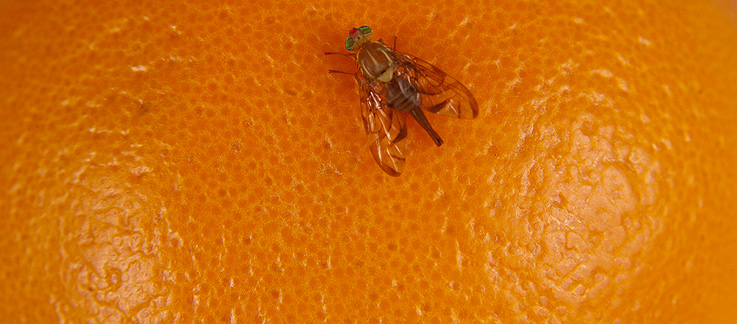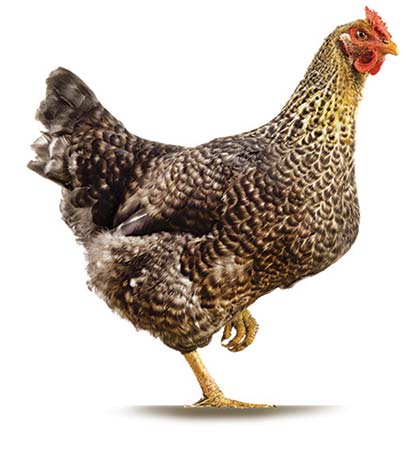Strawberry Commission Oversees Valuable Crop
Strawberries in California
By Jessica Theisman, Associate Editor
Strawberries are California’s sixth most valuable crop which makes strawberry research a valuable tool for California farmers. Mercy Olmsted is senior manager of production research and education at the California Strawberry Commission. Growers in the California Strawberry Commission have invested over $28 million into research. These include areas such as diseases, insects, and weeds—all in an effort to help solve production challenges and boost economic gains.
“We are a commission that’s funded by the growers, and so we do research that meets their research priorities,” Olmsted said.
So far, $13 million has been invested in research to explore alternatives to methyl bromide. The commission says that strawberry farmers continue to invest in researching fumigant alternatives.
“We also work with researchers. We have a robust grant program, and we work with those researchers in order to assist them in their field trials,” Olmsted explained.
Some of their researchers are in house, and others are from the USDA and university researchers.
“We develop training programs for our growers because we work for the growers. We can contact them as often as we need to, and we are able to see how things and research priorities might change in the industry,” Olmsted said. “There are a number of facilities and a board that helps direct research priorities and any necessary changes.”
For more information on strawberry research being done by the California Strawberry Commission visit calstrawberry.com.




























